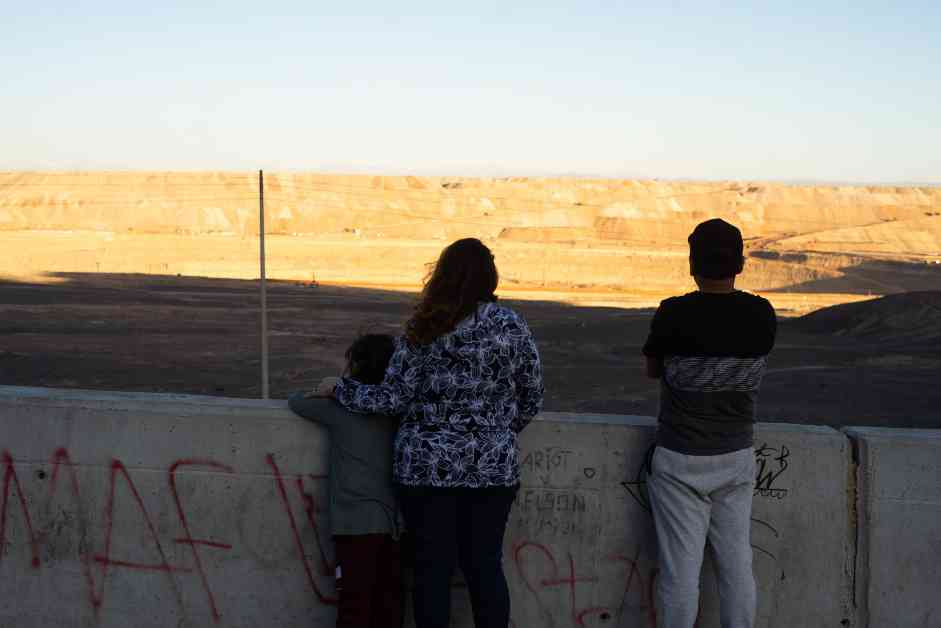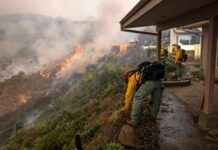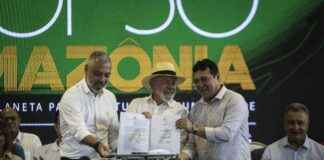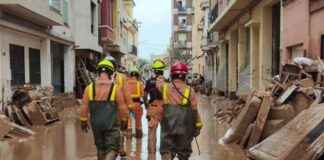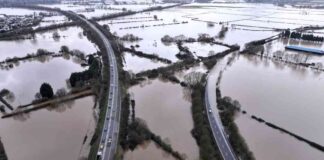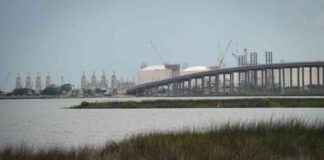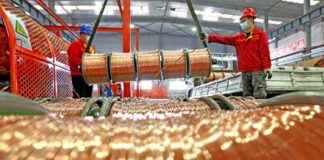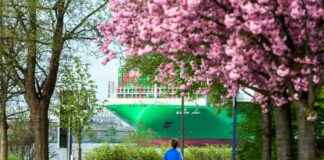Children’s Health Crisis in Chile’s Copper Heartland: Doctors Sound Alarm
In the bustling waiting room of Dr. Iván Silva’s medical center, a somber scene unfolds as Nadia Saavedra and her husband Claudio anxiously wait for their three-year-old son Pablo’s physiotherapy session. The couple’s journey began when Pablo, at just a year old, showed signs of developmental delays—no speech, no eye contact. Their worst fears were confirmed: Pablo has severe autism.
The heart-wrenching tale of the Saavedra family is just one among many in the city of Calama, nestled in Chile’s copper mining hub of Antofagasta. Dr. Silva, a seasoned 71-year-old pediatrician, has witnessed a concerning surge in autism cases among young patients, attributing this alarming trend to the environmental impacts of the region’s copper mines—the lifeblood of Chile’s economy.
A Growing Concern: Environmental Impact on Children’s Health
Dr. Silva’s practice is now a beacon for families grappling with autism diagnoses, a condition that has become distressingly commonplace in this mining region. Once a rare occurrence, autism cases now flood Dr. Silva’s clinic at an unprecedented rate, with the severity of the condition escalating with each passing day.
Autism, genetic disorders, respiratory ailments, and skin issues plague the youngest residents of Calama, prompting a call to action from concerned medical professionals. Experts like Dr. Silva emphasize the urgent need for in-depth research into the health effects of copper mining on vulnerable populations, particularly pregnant women and children. However, limited resources and a lack of scientific infrastructure have stymied efforts to unravel the complex web of factors driving this crisis.
Urgent Plea for Investigation and Intervention
Despite mounting evidence linking environmental pollution to the region’s health crisis, Dr. Silva and his colleagues face bureaucratic hurdles and apathy from authorities unwilling to confront the harsh realities of their community. The absence of research institutions, academic support, and medical expertise in Calama exacerbates the plight of families like the Saavedras, left to navigate a healthcare system ill-equipped to address their pressing needs.
As the specter of autism looms large over Calama’s children, Dr. Silva’s impassioned plea for comprehensive research and government intervention echoes through the corridors of power. Will the authorities heed the call for action, or will the cries of families like the Saavedras fall on deaf ears in the shadow of towering copper mines? Only time will tell if Chile’s copper heartland can rise to the challenge of safeguarding its most precious resource—its children.

